Partially Premixed Combustion Composition PDF Transport
$140.00 $70.00 Student Discount
- The problem numerically simulates the Combustion in a combustion chamber using ANSYS Fluent software.
- We design the 2-D model with the Design Modeler software.
- We mesh the model with ANSYS Meshing software.
- The mesh type is Structured, and the element number equals 2352.
- In the first step, we use the Partially Premixed Combustion model and Non-Adiabatic mode.
- In the second step, we use Composition PDF Transport and the Chemkin mechanism.
To Order Your Project or benefit from a CFD consultation, contact our experts via email (info@mr-cfd.com), online support tab, or WhatsApp at +44 7443 197273.
There are some Free Products to check our service quality.
If you want the training video in another language instead of English, ask it via info@mr-cfd.com after you buy the product.
Description
Partially Premixed Combustion and Composition PDF Transport, ANSYS Fluent CFD Training
The present problem simulates combustion in a combustion chamber by ANSYS Fluent software. In the present case, it is assumed that there are three different inlet boundaries, one for pure air, another for a mixture of fuel and air, and the other one for the pilot, where the combusted flow enters to provide the activation energy for the main combustion.
The geometry of the present model is two-dimensional and has been designed using Design Modeler software. We do the meshing of the present model with ANSYS Meshing software. The mesh type is Structured, and the element number is 2352.
This CFD project is the 9th episode of the Combustion Training Course.
Combustion Methodology
The present project is composed of three different phases. In the first stage, a Partially Premixed Combustion model has used to obtain an initial solution of the flow and combustion. Non-Adiabatic energy treatment, along with a Chemical Equilibrium model, is used to model the combustion process.
A PDF table is generated to store data related to changes in temperature, the density of the mixture, and different chemical species mass fractions prior to simulation to be used during the main calculations. Also, the Zimont model has been used for the turbulent flame speed model.
In the second phase, the Composition PDF Transport is enabled to continue the simulation. A Chemkin Mechanism in which detailed reactions and multiple chemical species exist is added to Fluent.
ISAT table, along with Chemistry agglomeration, is used to tabulate the detailed kinetics and reduce the high computational cost regarding the modeling of the detailed chemistry. Using chemistry agglomeration will increase the simulation speed but comes with the penalty of increased error.
Finally, when the second stage of simulation is finished, the chemistry agglomeration model is disabled. Meanwhile, the ISAT table, filled in the second stage, continues to be used to obtain the final accurate solution.
Also, the Energy equation is On to calculate the changes in temperature due to the combustion process, and the Viscous is set as the Standard k-epsilon model.
Combustion Conclusion
After the simulation process was finished, contours such as temperature, velocity, different species’ mass fractions, and streamlines were obtained. As shown in the temperature contour, the temperature has clearly increased in the chamber, indicating that the combustion has taken place.
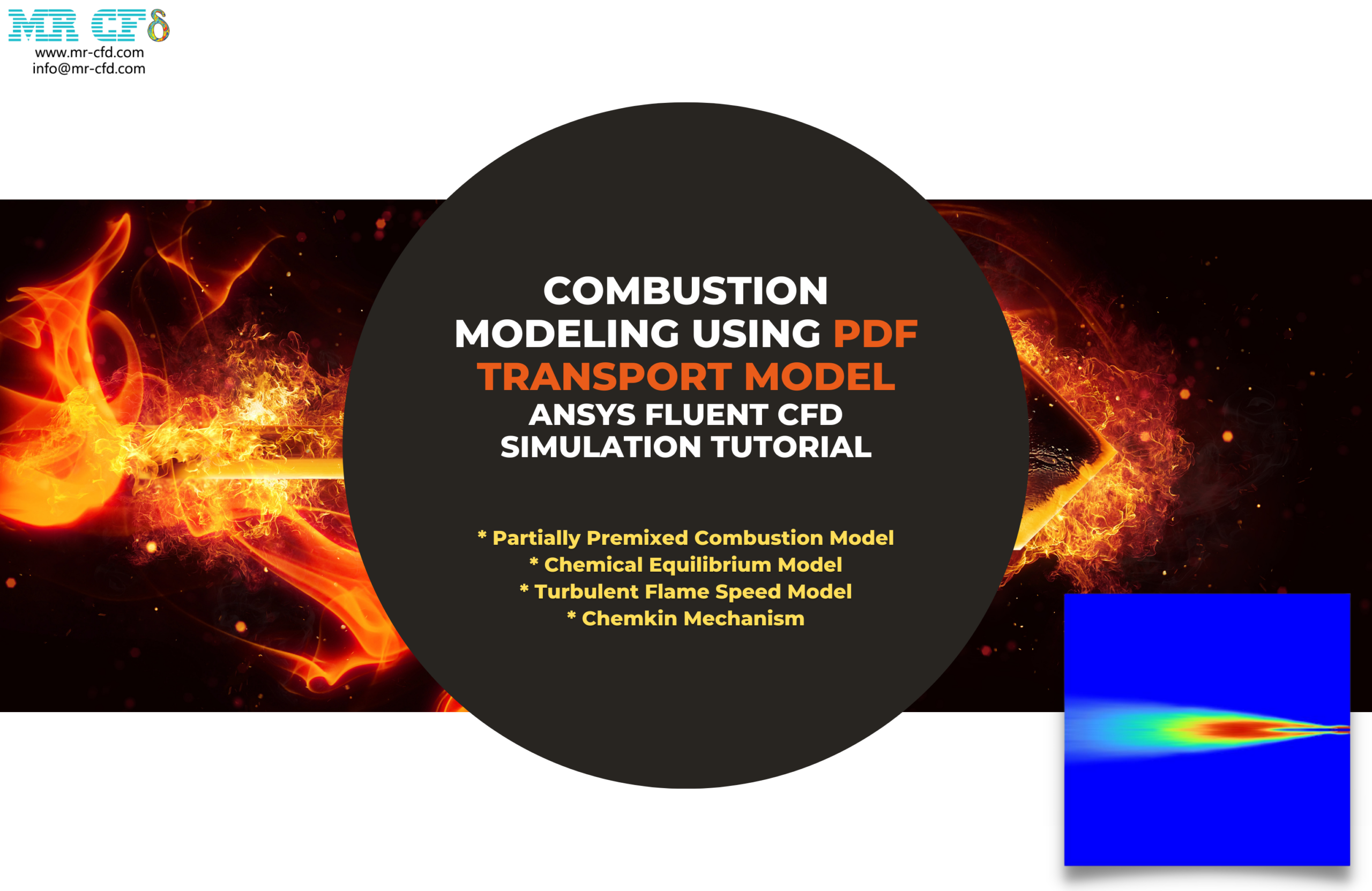
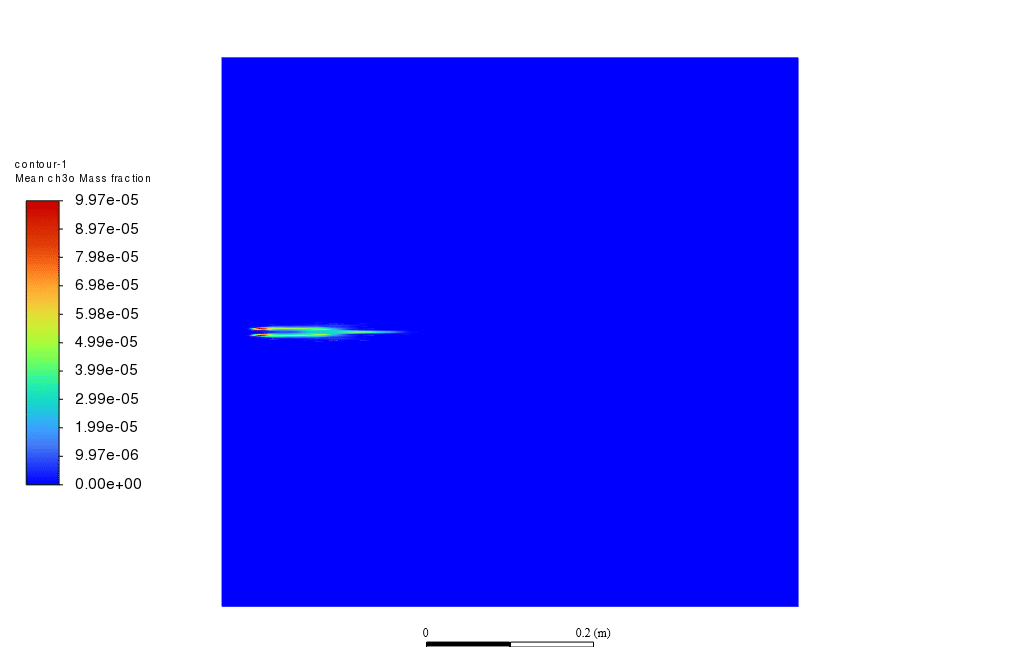
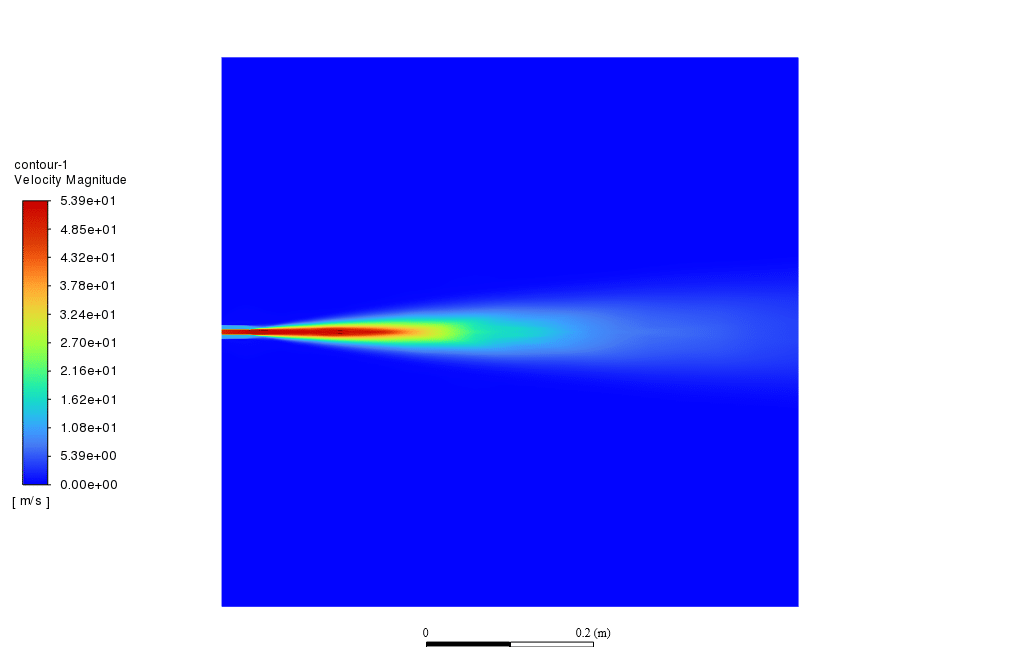
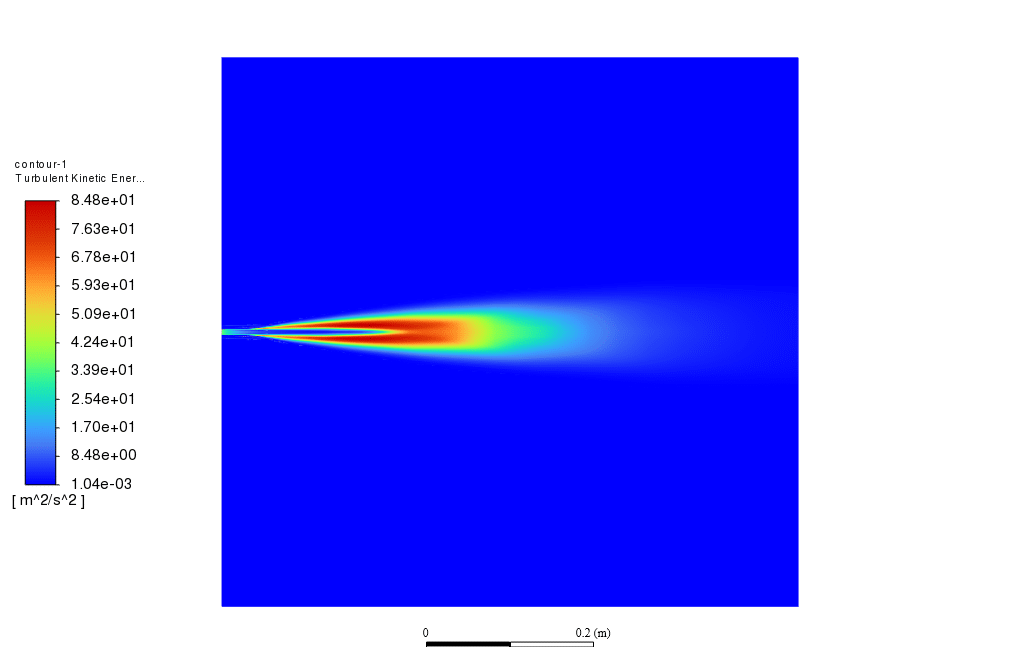
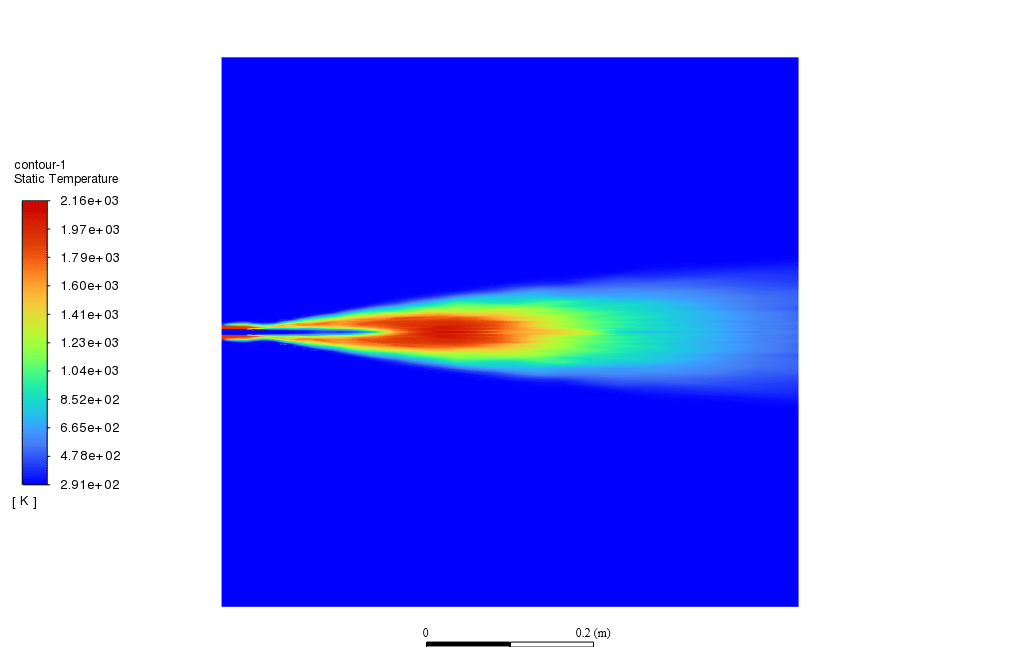
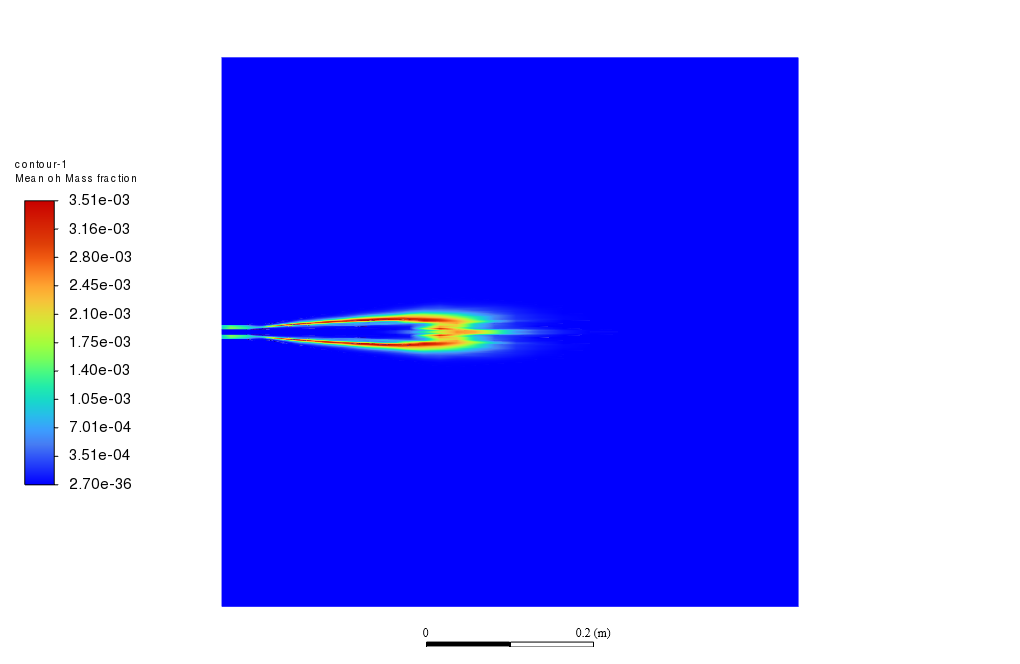
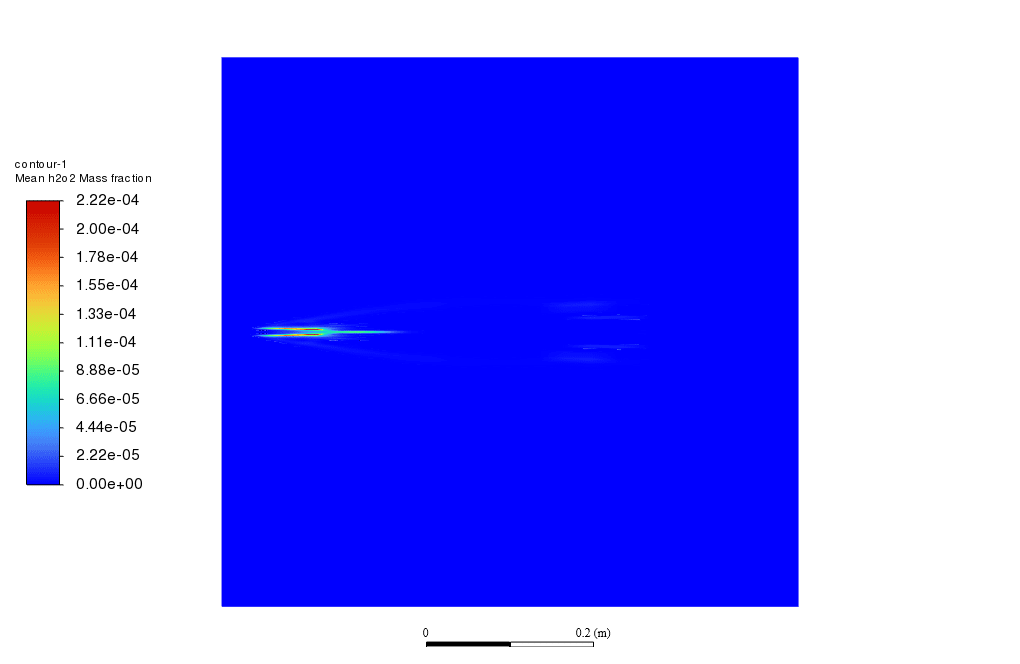
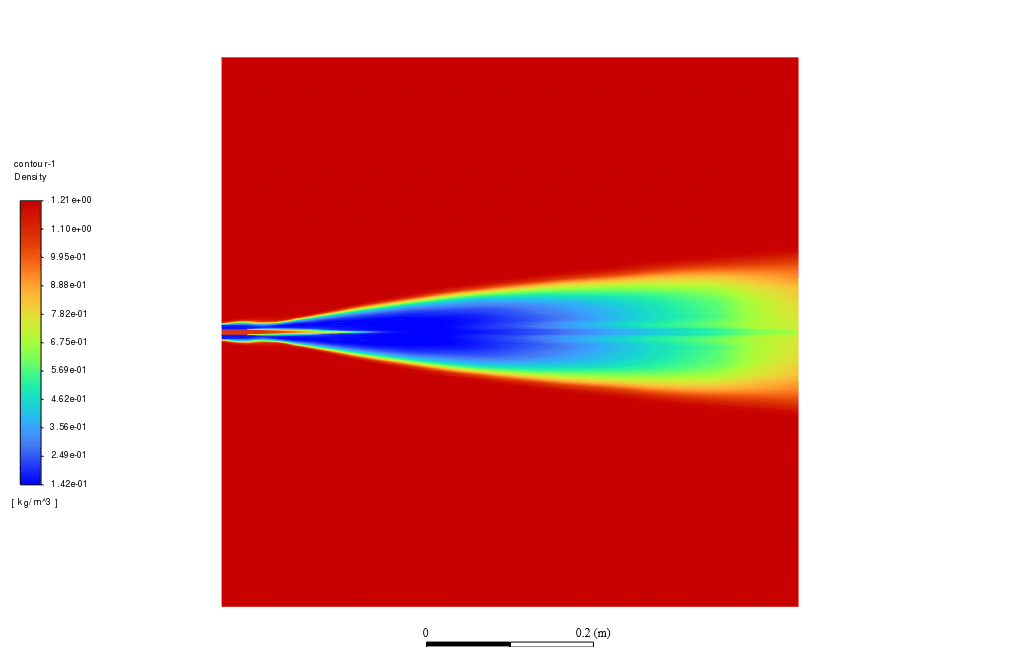
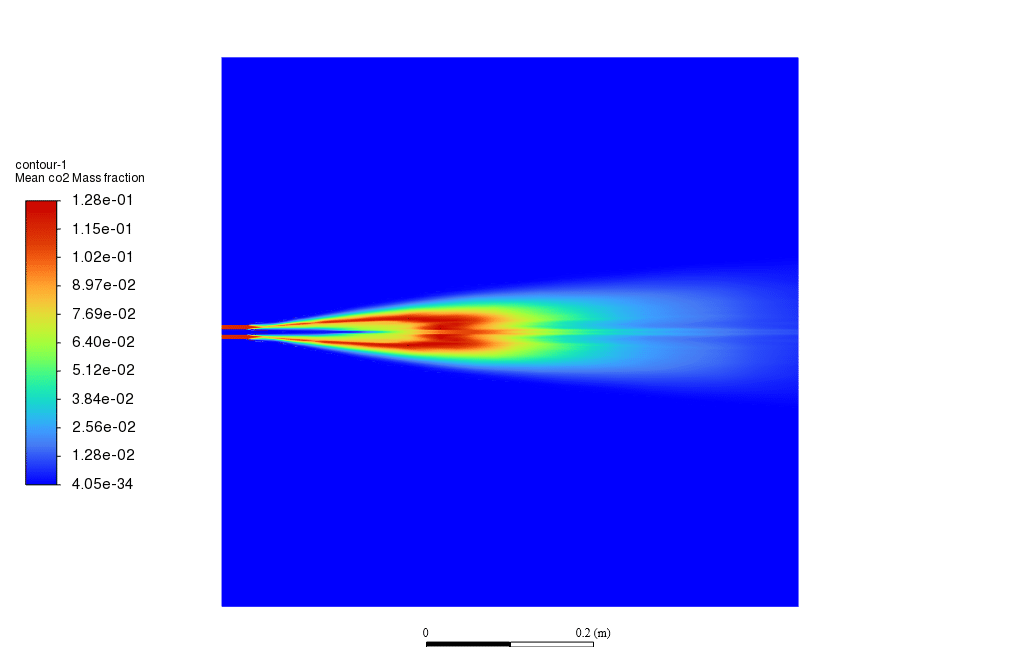

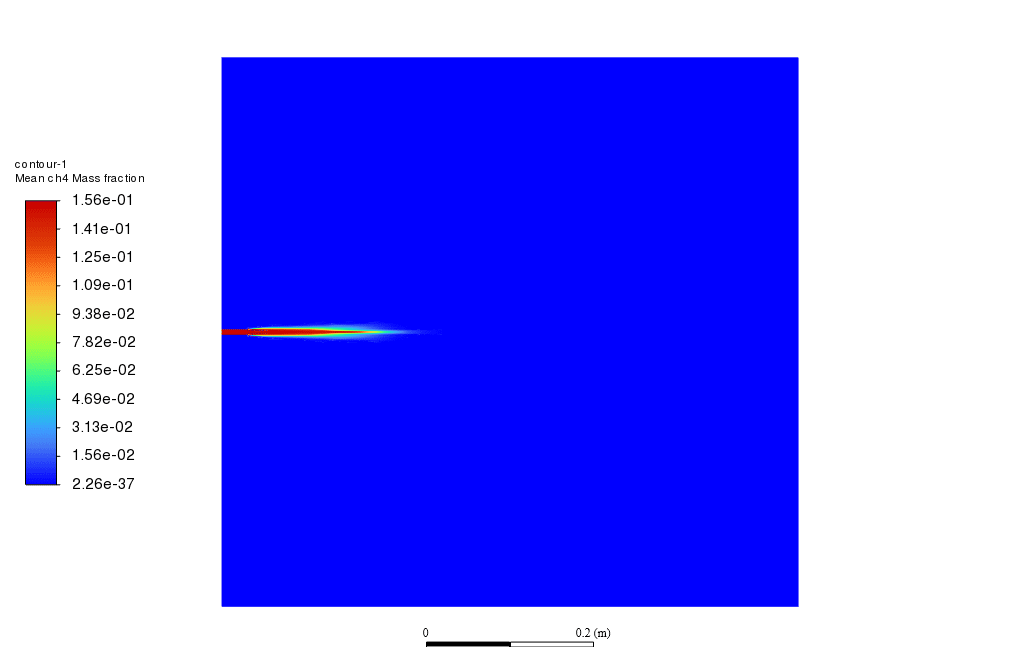

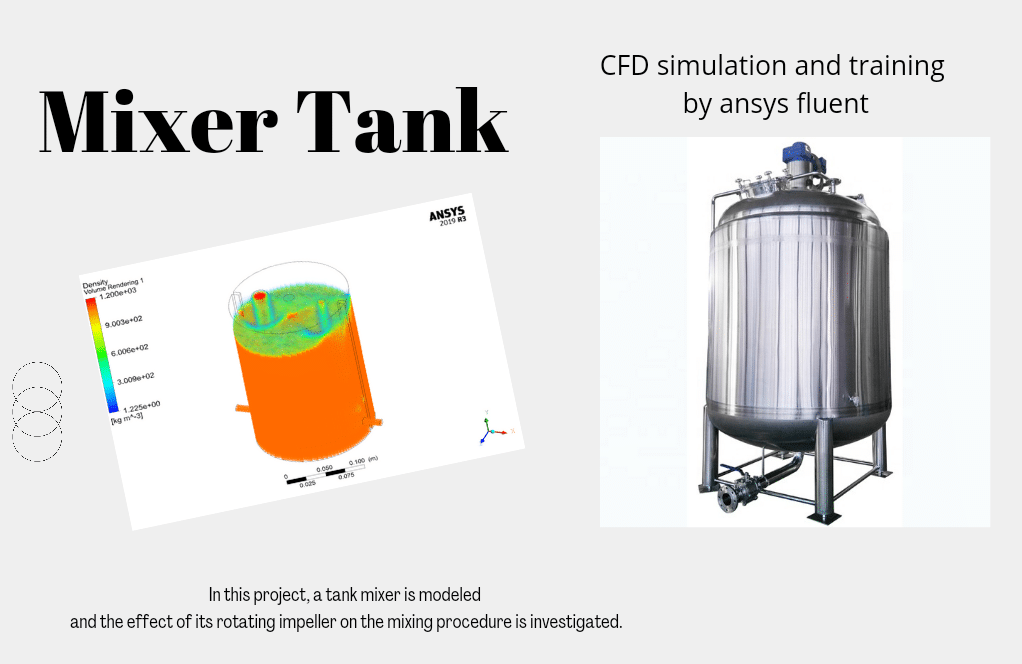

Alejandra Roberts –
After the simulation, can we observe a clear interface between the combusted and uncombusted regions in the combustion chamber?
MR CFD Support –
Yes, after the simulation is completed, contours such as temperature and species mass fractions clearly show the different zones, providing a visual differentiation between combusted and uncombusted regions within the combustion chamber.
Destany Effertz –
Very insightful and detailed course on combustion modeling with Composition PDF Transport. The illustrations and stepwise guidance through partially-premixed combustion were especially helpful for understanding the complex chemical processes involved.
MR CFD Support –
Thank you for your positive feedback! We’re thrilled to hear that our course on partially-premixed combustion modeling was easy to follow and helpful. We strive to create content that demystifies complex CFD concepts, and it’s great to see that reflected in your learning experience.
Josefina Kub –
The explanation of combustion methodology is quite detailed, but could you mention what specific fuels are used in this simulation for the mixture with air?
MR CFD Support –
In the Partially Premixed Combustion Composition PDF Transport CFD Training, the specific fuels used for creating the mixture with air are usually chosen based on the common fuels for combustion chambers such as methane or propane. However, the exact fuel or mixture composition specifics would typically be determined by the user in accordance with the purpose, design criteria, and requirements of the combustion chamber being simulated.
Bettye Schowalter –
This training was spot-on regarding the complex simulation of partially premixed combustion. I was able to follow the steps and understand the coupling of chemistry with fluid flow seamlessly through the tutorial. Well structured and concise explanations made it easier to grasp the fundamental concepts on combustion modeling.
MR CFD Support –
Thank you for your review. We’re delighted to hear that you found our CFD training on Partially Premixed Combustion comprehensive and easy to understand. Your satisfaction is our top priority, and we’re pleased that we could assist you in mastering combustion modeling. We appreciate your feedback and look forward to providing you with more useful learning resources in the future.
Kyla Kertzmann –
The training was immeasurably beneficial, especially the PDF Transport and Partially Premixed Combustion model, providing valuable insights into real-life engineering problems. The specific handling of combustion processes was thorough and opened up avenues for deeper understanding.
MR CFD Support –
Thank you for your flattering feedback! We’re thrilled to hear that our ANSYS Fluent training for Partially Premixed Combustion and Composition PDF Transport was beneficial to you. It’s gratifying to know the course offered thorough insights and added to your understanding of combustion processes. If you have any further inquiries or need more assistance, please don’t hesitate to reach out. Your success is our top priority.
Ms. Karina Brown –
I’m impressed with how detailed the combustion modeling process is. Could you explain the advantage of using ISAT tables for this simulation?
MR CFD Support –
Thank you for your compliment! Using In-Situ Adaptive Tabulation (ISAT) tables in simulations like the one of Partially Premixed Combustion allows for significant speed up in the calculations involving detailed chemical kinetics, which are usually computationally expensive. The ISAT efficiently stores and reuses detailed chemistry calculations when similar thermodynamic states occur, reducing the simulation time while maintaining a good balance between accuracy and efficiency.
Prof. Wendy Barton MD –
I’m fascinated by the multiple phases and the simulation’s progression from an initial to final state. Could you explain how the simulation results validate the accuracy and reliability of this CFD model for such combustion processes?
MR CFD Support –
During the simulation, several stages offer validation opportunities. Initially, the partially premixed combustion solution provides a baseline against known characteristics of the combustion chamber under similar conditions. As the simulation progresses into complex chemistry represented through the Chemkin Mechanism, ISAT, and Chemistry Agglomeration, accurate behavior predictions based on the detailed reactions become viable. Cross-checks with empirical data about temperature profiles, species concentrations, and combustion rates are critical for validation. The final accurate solution provides data that should closely align with theoretical predictions and experimental results, demonstrating the efficacy of the CFD approach for simulating Partially Premixed Combustion and assessing model reliability.
Craig Kilback –
I found the description of generating a PDF table particularly interesting. Could you please explain the role of the Zimont model and how it enhances the simulation of partially premixed combustion?
MR CFD Support –
The Zimont model is used to predict the turbulent flame speed in partially premixed combustion simulations. It enhances the simulation by providing a more accurate representation of the flame front’s propagation speed, which is essential for modeling the interaction between turbulence and combustion chemistry in these types of combustions.
Glennie Kuvalis –
I found the information about the PDF table and the ISAT table particularly interesting, but could you elaborate on how their usage affects simulation accuracy and speed?
MR CFD Support –
The utilization of the Probability Density Function (PDF) table and the In Situ Adaptive Tabulation (ISAT) technique in the simulation helps in balancing the trade-off between computational speed and accuracy. The PDF table stores precomputed data that help Fluent quickly determine relevant combustion properties such as temperature, mixture density, and species mass fractions during the simulation. ISAT, on the other hand, allows for fast retrieval of detailed chemical kinetics information. Using the Chemistry agglomeration model with an ISAT table accelerates the simulation by grouping similar reactions. However, this can introduce some approximation errors. Disabling the chemistry agglomeration in the final phase, while still using the ISAT table, improves accuracy but requires more computational resources. Overall, ISAT significantly reduces computational costs while maintaining a high level of accuracy in the description of the complex chemistry.
Cassidy Okuneva –
I’m very impressed with how this simulation enables us to understand combustion phenomena. The methodologies for combustion modelling are quite elaborate and seem to provide excellent insight into the process.
MR CFD Support –
Thank you for your kind review. We’re happy to hear that the simulation offered you valuable insights into combustion phenomena. Our goal is always to provide comprehensive and detailed methodologies to enable a deeper understanding of complex processes. Your feedback is greatly appreciated!
Tiffany Kilback MD –
I’m impressed by the detailed chemical mechanisms and use of the ISAT table. What are the benefits of using an ISAT table in partially premixed combustion simulations?
MR CFD Support –
Thank you for your complement! The In-Situ Adaptive Tabulation (ISAT) table enhances simulation speed and efficiency by storing precomputed detailed chemical kinetics calculations for combustion. It reduces the computational cost by allowing the retrieval of chemistry data without redoing expensive calculations, enabling accurate modeling with quicker turn-around times, thus improving performance significantly in simulations of complex combustion processes such as partially premixed combustion.
Ms. Alisha Conroy DDS –
This training materials sounds comprehensive! The steps appear to be well explained for learners to set up the complex combustion simulation. The provision of the Chemkin Mechanism details for advanced reaction modeling is great for practical learning. Well done!
MR CFD Support –
Thank you for your kind words! We’re thrilled to hear you find the training materials comprehensive and useful for learning combustion simulations. At MR CFD, we aim to provide practical, easily understandable tutorials for our users. Your feedback is much appreciated!
Andreanne Schaden –
I’m interested in the chemical kinetics aspect. Could you elaborate on how precisely the Composition PDF Transport feature enhances the simulation of complex chemical reactions in Fluent?
MR CFD Support –
The Composition PDF Transport feature enhances the simulation of complex chemical reactions by providing a more accurate representation of turbulent combustion. This is achieved by accounting for the effects of turbulence-chemistry interactions. The feature enables the usage of a detailed reaction mechanism consisting of multiple chemical species, and the modeling of their interactions is carried out via a Probability Density Function (PDF) which is transported throughout the computational domain. ISAT (In-Situ Adaptive Tabulation) tables ensure that the use of detailed chemistry does not result in prohibitive computational costs by cleverly tabulating data during runtime.
Mrs. Sydnie Hartmann –
The training sounds comprehensive, but I wonder if any post-processing steps were covered to visualize the results effectively?
MR CFD Support –
Yes, the training includes post-processing steps to visualize the simulation results. These typically involve generating contours for temperature, velocity, and different species’ mass fractions, as well as streamlines. These visualizations help in analyzing and understanding the behavior of the combustion process within the chamber.
Quinten Auer –
I found the methodology quite in-depth, but how does the use of the ISAT table and Chemistry agglomeration help in controlling the computation cost, and what is the trade-off in terms of accuracy?
MR CFD Support –
The ISAT table allows for the storage and rapid retrieval of detailed chemical kinetics data, which speeds up the simulation by reducing the need to recalculate the same reaction processes multiple times. Chemistry agglomeration reduces the number of reactions that need to be considered, therefore lessening computational load. The trade-off for both methods is that there can be a loss of simulation accuracy due to the approximation methods used – the ISAT approach may overlook some reaction pathways, and agglomeration can simplify the reaction mechanism potentially ignoring some intermediary species and reaction rates.
Sammie Braun –
The Composition PDF Transport model seems complex. Does it affect the accuracy and computation time of the simulation significantly?
MR CFD Support –
The Composition PDF Transport model is indeed a more complex approach. It can offer better accuracy for simulating turbulent reactive flows since it accounts for the fluctuations in composition and turbulence-chemistry interactions. However, it typically requires more computational resources and can increase computation time. The use of techniques such as ISAT and chemistry agglomeration helps balance the computational cost and accuracy. The ISAT table informs the reactions, speeding up calculations, while agglomeration can increase simulation speed with a trade-off in potential accuracy.
Lizzie Upton –
This training on partially premixed combustion was enlightening. Your approach to deal with complex chemical kinetics using the ISAT table and the Chemistry agglomeration techniques clearly illustrates ways to optimize lengthy computations without compromising on accuracy unduly. Great product!
MR CFD Support –
Thank you for your positive feedback! We’re delighted to hear that our approach to handling the computational challenges associated with detailed chemical kinetics was helpful. Our goal is to provide informative and effective training for our customers, and it’s great to know that we’re achieving that. If you have any more questions or need further assistance on combustion simulations or any other topic, feel free to ask!
Kellie Macejkovic –
The training course clearly guides us through the combustion simulation. Can you tell me if the PDF table generated for the combustion model can be reused for similar simulations or if it has to be regenerated each time?
MR CFD Support –
The generated PDF table is tailored to the specific conditions (temperature, pressure, species concentration, etc.) of the simulation it was created for. In principle, the table can be reused in similar simulations provided the conditions are sufficiently close. However, if the boundary conditions or the chemical composition of the inflows change significantly, a new PDF table should be generated to ensure accuracy.